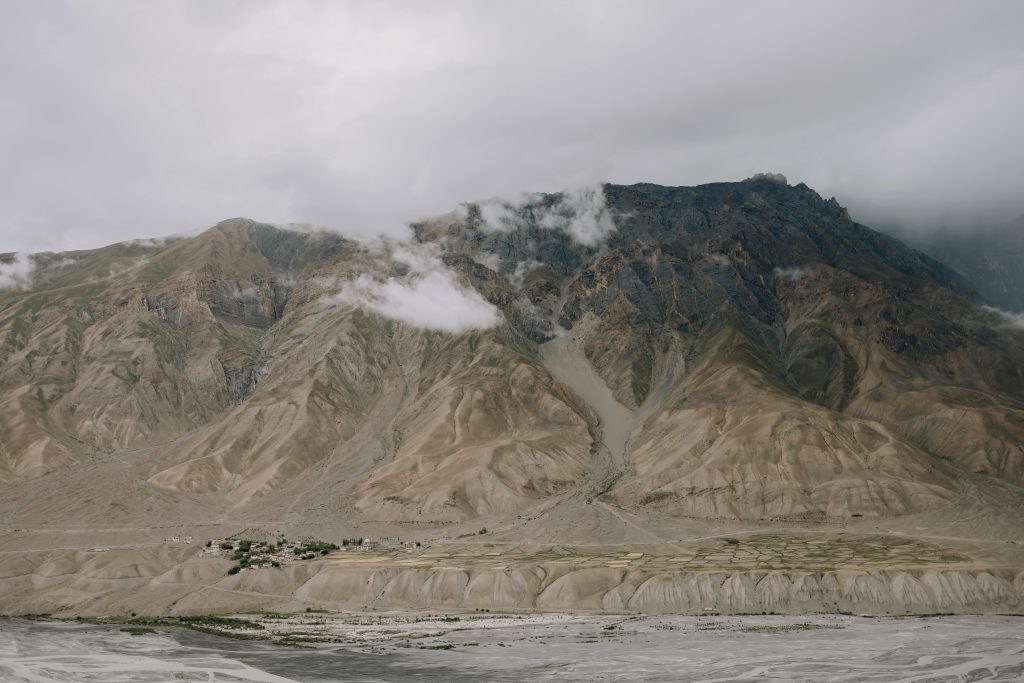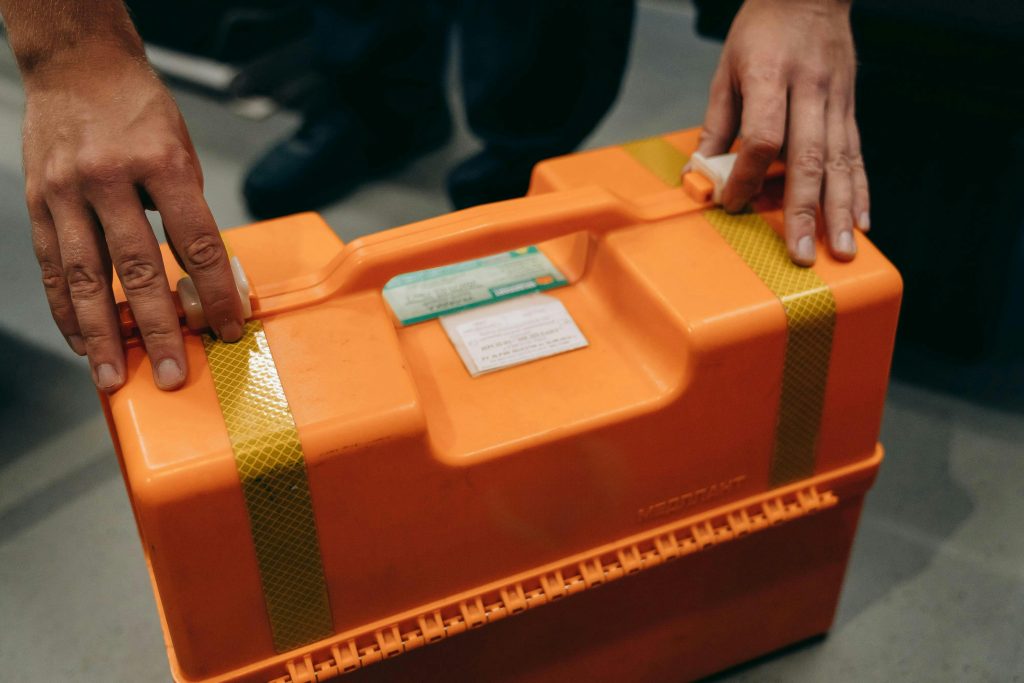Introduction
Adventure travel isn’t just about thrill-seeking—it’s about exploring the world in a deeper, more meaningful way. Whether you’re trekking through rugged landscapes, paddling down wild rivers, or immersing yourself in remote cultures, adventure travel is about pushing your boundaries and embracing the unexpected.

But before you grab your backpack and book a flight, there’s more to adventure travel than spontaneity. From safety planning and gear selection to understanding your fitness level and respecting local environments, this guide covers everything you need to know to prepare for an unforgettable adventure.
What Is Adventure Travel?
Adventure travel goes beyond sightseeing and luxury—it focuses on physical activity, cultural exchange, and connection with nature. It invites you to step off the beaten path and engage with the world in ways that challenge, inspire, and transform.
Common adventure activities include:
- Hiking and trekking
- Scuba diving or snorkelling
- Mountain biking
- Whitewater rafting
- Wildlife safaris
- Climbing and canyoning
- Cultural immersion in remote communities
You don’t need to be an extreme athlete—just open to new experiences and willing to step out of your comfort zone.
Choosing the Right Adventure for You
Not every trip is suited to every traveller. Choosing the right adventure depends on your goals, fitness, experience level, and interests.

Ask yourself:
- Do I want physical challenge, cultural immersion, or both?
- Am I comfortable being off-grid or far from amenities?
- How long can I travel? A weekend or several weeks?
- Will I go solo, join a group tour, or travel with friends?
Types of adventures:
- Soft adventure: Day hikes, kayaking tours, wildlife viewing
- Hard adventure: Multi-day treks, technical climbs, remote expeditions
- Eco/adventure hybrid: Focus on conservation, sustainability, and education
Gear and Packing Essentials
Packing right is crucial to your safety, comfort, and success.
Adventure travel packing checklist:
- Lightweight, moisture-wicking clothing
- Durable hiking boots or outdoor footwear
- Rain jacket and thermal layers
- Quick-dry towel
- First-aid kit and blister care
- Refillable water bottle or hydration bladder
- Headlamp or torch
- Navigation tools: compass, map, GPS
- Power bank or solar charger
- Multi-tool or knife
Tip: Pack light—but never skip the essentials.
Safety and Preparedness
Adventure travel often takes you far from urban infrastructure, so safety should always be top of mind.

Key safety tips:
- Share your itinerary with someone back home
- Research local hazards (weather, wildlife, terrain)
- Stay on marked trails and respect signage
- Bring copies of your ID and important documents
- Carry a Personal Locator Beacon (PLB) or emergency communication device for remote trips
- Get the appropriate travel insurance that covers adventure activities
Pro tip: Take a basic wilderness first-aid course if you’re planning extended or solo adventures.
Fitness and Physical Readiness
Many adventures require endurance, stamina, and adaptability.
How to prepare:
- Start walking, hiking, or cycling regularly before your trip
- Train with the gear you’ll carry (especially backpacks or hiking boots)
- Build core and leg strength to prevent injury
- Practice mental resilience—long days and unexpected challenges are part of the journey
Don’t underestimate the value of training in advance, especially for altitude, long treks, or multi-day expeditions.
Responsible and Sustainable Adventure Travel
Adventure travel takes you to some of the world’s most pristine and vulnerable environments. Travelling responsibly ensures these places stay protected for future generations.
Best practices:
- Follow Leave No Trace principles
- Use refillable containers and avoid single-use plastics
- Support local guides, accommodations, and businesses
- Respect wildlife—observe from a distance and never feed animals
- Learn basic local customs and language phrases
- Stick to designated trails to prevent erosion and habitat damage
Every step you take makes an impact—make it a positive one.
Planning and Booking Tips
Whether going solo or with a group, smart planning makes all the difference.

Consider:
- When to go: Understand the region’s seasons, weather, and off-peak times
- How to book: Tour companies, travel agencies, or direct-to-operator bookings
- Permits: Some hikes or protected areas require advance permits or fees
- Vaccinations and visas: Check government travel advisories before departure
- Local laws: Familiarise yourself with local customs, laws, and expectations
Tip: Use apps like Gaia GPS, AllTrails, and Maps.me for planning and offline navigation.
Top Adventure Travel Destinations
Australia offers some of the world’s most unique and diverse adventure opportunities:
In Australia:
- Larapinta Trail (NT): Red Centre trekking through ancient landscapes
- Blue Mountains (NSW): Canyoning, hiking, and abseiling
- Great Ocean Walk (VIC): Stunning coastal trek along the Shipwreck Coast
- Fraser Island (QLD): 4WD exploration, lakes, and rainforest
- Tasmanian Wilderness: World-class multi-day hikes and alpine adventure
Worldwide:
- Patagonia, New Zealand, Nepal, Iceland, and Peru remain top destinations for serious adventurers.
Conclusion
Adventure travel is more than a holiday—it’s a journey of growth, discovery, and connection. Whether you’re venturing into the wild for the first time or planning your next big expedition, preparation is key. With the right mindset, gear, and knowledge, every step becomes part of the story.
Next step:
Choose your destination, assess your readiness, and start small if needed. Adventure doesn’t have to be extreme—it just needs to be meaningful.


